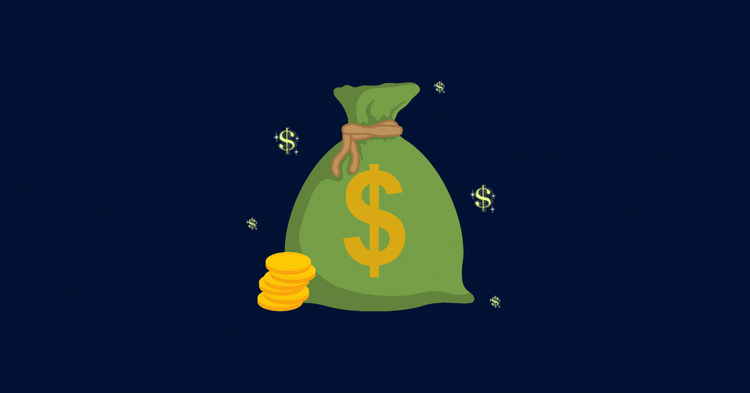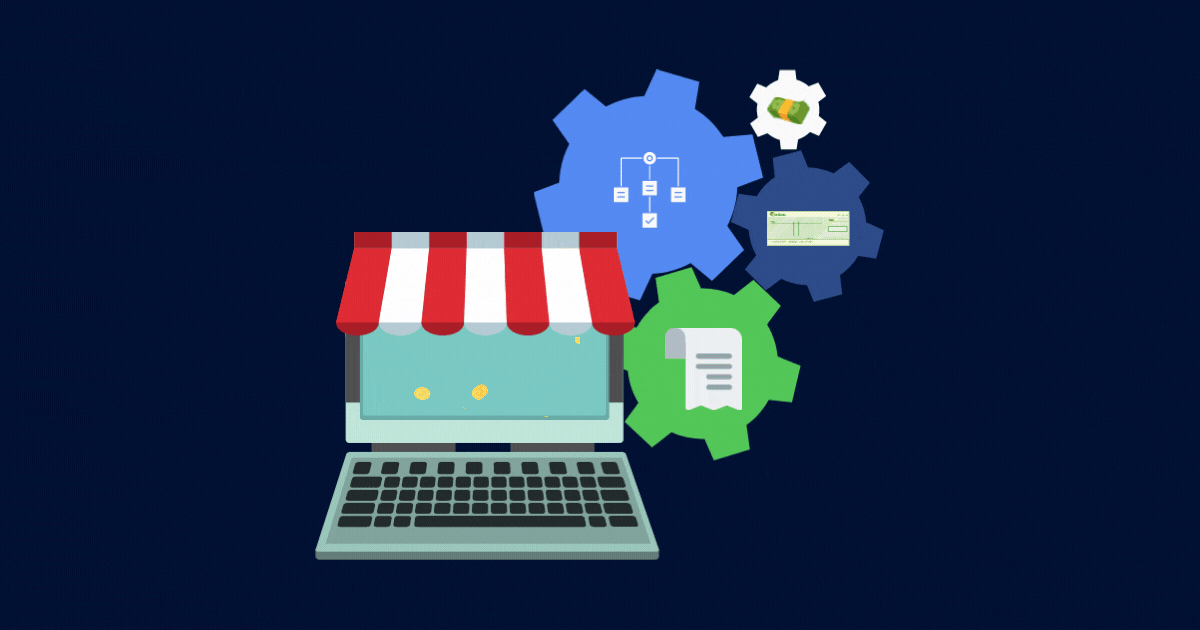
Every business needs working capital. The essence of working capital is to show if your business can settle short-term debts while planning to expand. With working capital, you can identify cash shortages and spots where your cash is stuck.
What is a working capital loan?
A working capital loan is used to finance a company's everyday, short-term operations. Uses for a working capital loan can include costs such as payroll, rent, and debt payments. Working capital loans are not used to buy long-term assets or investments.
What is working capital?
A working capital is the difference between the current assets of a business (like cash, raw materials inventories, accounts receivables, and finished goods) and its current liabilities like accounts payable. At the same time, the net working capital is the measure of a business's liquidity and subtracting the operating current liabilities from the operating current assets.
If you want to know the short-term financial health of a business, the working capital is used to measure it. A company with a good positive working capital has the prospects to invest, grow and expand. On the other hand, if the current liabilities of a business exceed its current assets, it is bad working capital, and the business might have issues making payments and going bankrupt.
What are the types of working capital loans?
There are various types of loans. The most common are types of capital loans are bank overdraft facility or credit line; short-term loan; equity funding via personal resources or investors; accounts receivable loans; factoring or advances; trade creditor.
What is difference between working capital and term loan?
A working capital loan differs from term loans in two ways. First, working capital terms are typically short term, whereas term loans are usually one to ten years, though some term loans can extend up to 30 years. Second, businesses use working capital loans to cover shortfalls in working capital or to finance routine business operations. Term loans are used to fund expansion, buy a new plant, machinery, or any other capital asset.
How to calculate working capital
-
Calculate your current assets
Take a tally of all your current assets, including cash, materials to produce your product, accounts receivables and inventory of sellable, finished product.
-
Calculate your current liabilities
Now add up all the amounts your business owes based on past transactions over the next 12 months (short-term liabilities) and beyond (long-term liabilities).
-
Subtract the liabilities from your assets
Take the two total and subtract the liabilities from your total value of assets.
-
The balance is your net working capital
A positive balance means you have the working capital to continue operating and investing in the growth of your business. A negative balance means you may run into issues paying off your debts and could lead to further financial trouble, if not addressed and corrected.
The effects of bad working capital on a business
A bad working capital is also called negative working capital. It is a situation when the current liabilities of a business are higher than its current assets. Hence, the short-term debt exceeds the short-term assets.
Here are the effects of a business with a bad working capital:
1. Lower credit rating
A business with bad working capital will find it challenging to pay creditors. Also, their credit rating will go down. If they want to take a working capital loan or other loan types, banks will charge them with higher interest rates.
2. Miss growth opportunities
A bad working capital means no working capital. And it would be difficult for the business to leverage on any growth opportunity. Companies with bad working capital will see growth and expansion opportunities slip before their eyes, and they will be unable to do anything.
Benefits of working capital loans
Not everyone likes the idea of taking a loan, but sometimes, it might be hard to ignore. If you are keen on scaling your business to greater heights and running capital projects, you need a working capital loan. Unlike other types of business loans, you don’t have to create a business plan for the loan because it is short-term and specifically for cash flow improvement.
If you decide to opt for a working capital loan, here are some benefits that come with it:
1. You can handle a financial crisis
With working capital loans, you can solve financial crises when they arise. No matter the level of success attained by a business, it can hit a financial snag at any time. If a business is at a phase involving quick growth, it might be dangerous because you will make payments like employees' salaries. At this point, you will have to depend on working capital loans.
2. You might not need a collateral
When applying for a working capital loan, you won’t be asked to present collateral except if you have bad credit. Since the loan amount is small, there is no need to secure the loan. However, some banks might still request collateral in some cases.
3. Full ownership of your business
If an equity investor lends you money, you relinquish a portion of ownership to the investor. However, borrowing a working capital loan allows you to retain full ownership of your business, provided you stick to the repayment plan.
4. It is easy to borrow and repay fast
Working capital loans are structured to provide prompt help, so they are not complicated to handle. You can easily borrow working capital loans and pay quickly. They are not loans that take months or years to repay.
In conclusion
A working capital helps to increase a business’s investment effectiveness and financial capability to handle short-term liabilities. To keep your head above water in business, taking a working capital loan might not be a bad idea.
You can take a working capital loan to settle the small pending expenses that would allow your business to grow.
About the Author:
Erick Copello works for Camino Financial, an online lender and advisor that helps Latino entrepreneurs to grow their businesses.













